Measuring in at about 16 miles long and 8 miles wide, Liechtenstein is best known for its scenic views and vineyards. Europe’s sixth smallest country, Liechtenstein is bordered by Austria and Switzerland.
With gorgeous mountains, peaked castles, and abundant wealth, Liechtenstein is like walking into a fairytale come true. A great destination to visit for a few days while traveling through Europe, the country is great for those who want to spend time outdoors.
Herzlich Willkommen – Welcome to Liechtenstein!

While the land size may be limited, Liechtenstein packs a lot into its landscape. The country is well-known for its skiing, hiking, and other adventurous activities. But what draws many visitors is simply the allure of visiting one of the world’s smallest nations.
With a new walking trail and paved roads, visitors can explore all over the country and discover Liechtenstein’s hidden gems. Situated in the Rhine Valley, Vaduz is Liechtenstein’s spectacular capital. While much of the town sits on flat land, the mountains are a beautiful backdrop year-round.
The green vegetation flourishes in the warmer months, and come winter, snow turns Vaduz into a snow-capped wonderland. Other highlights in Vaduz include the castle, which sits on the nearby hillsides, and the pedestrian pathways located below. With world-class shopping and dining, Vaduz easily entices people to come for a visit.
- Culture and Language
- Spending Budget
- How to Get Around
- Top Cities to Visit
- Points of Interest
Culture and Language
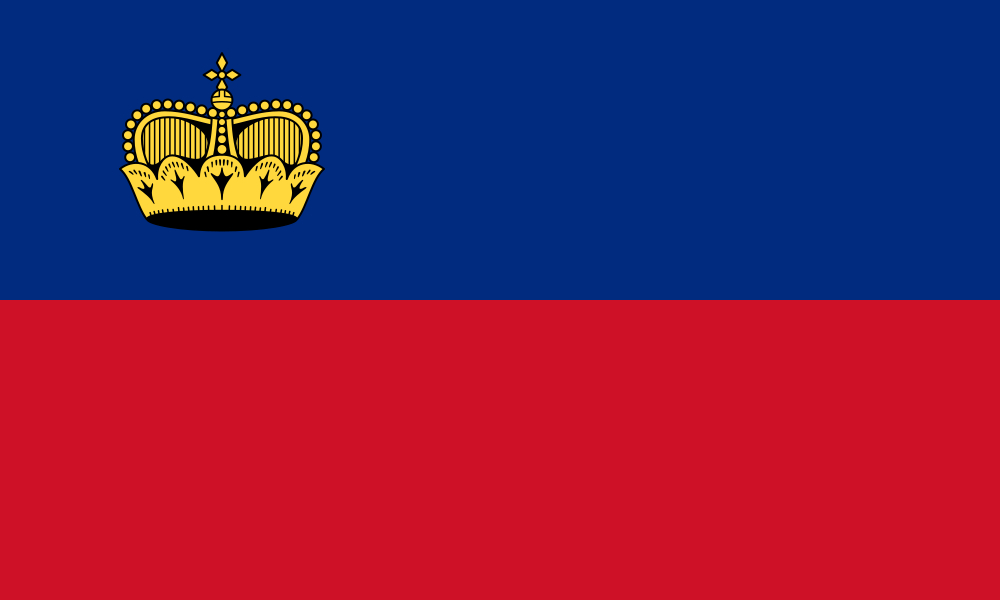
As a part of the greater Rhine Plain, the area of what we now know as Liechtenstein has always been an important place for human settlement. Evidence of Neolithic farming has been found in Liechtenstein with date estimates that go as far back as 5,300 BC.
But before Liechtenstein became the country, it was once split into two lordships that were owned by the Holy Roman Empire.
Liechtenstein History
For hundreds of years, Liechtenstein was ruled by the Romans, until the German Confederation gave the country its freedom in 1866. Since then, Liechtenstein has remained powerful but rather quiet in its international affairs. In both World Wars, Liechtenstein remained neutral.
Today, Liechtenstein is a member of the United Nations and with a big push for industrialization by Francis Joseph II in the latter half of the 20th century, the country gained a ton of wealth.
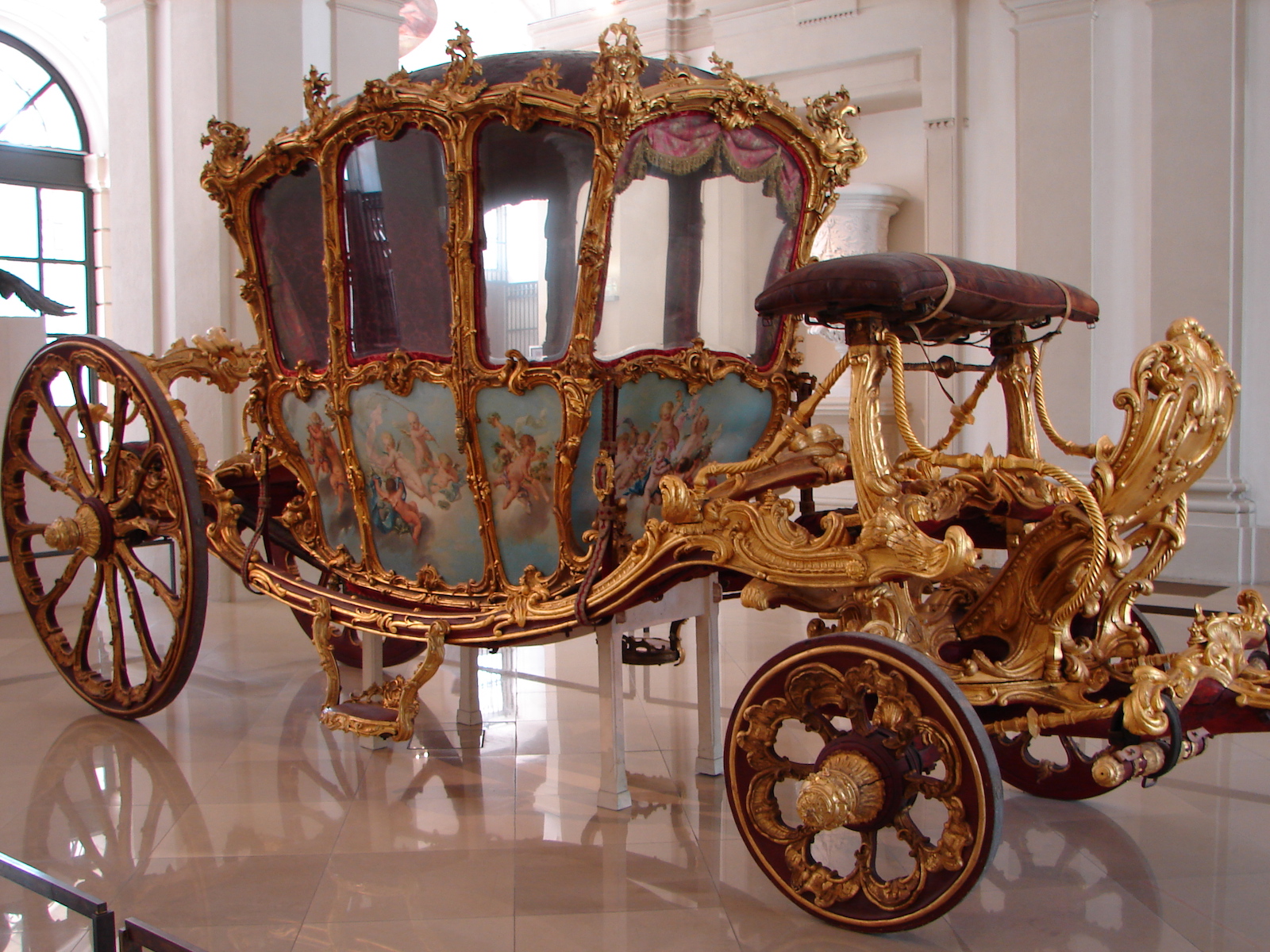
The House of Liechtenstein has ruled over the country for centuries, but today it partners with a Prime Minister and four fellow ministers to rule the nation. The royal family is still much adored by the people in Liechtenstein and their current ruler is Prince Hans-Adam II.
Most of Liechtenstein’s culture is rooted in Alemannic culture, which was originally derived from Germanic tribes that lived along the Upper Rhine River. The country is also close to the Catholic religion. Together, these two influences have made Liechtenstein unique.
Many of their celebrations and festivals are spread throughout the year and some of their more famous holidays include their national day and seasonal harvests.
Official Language
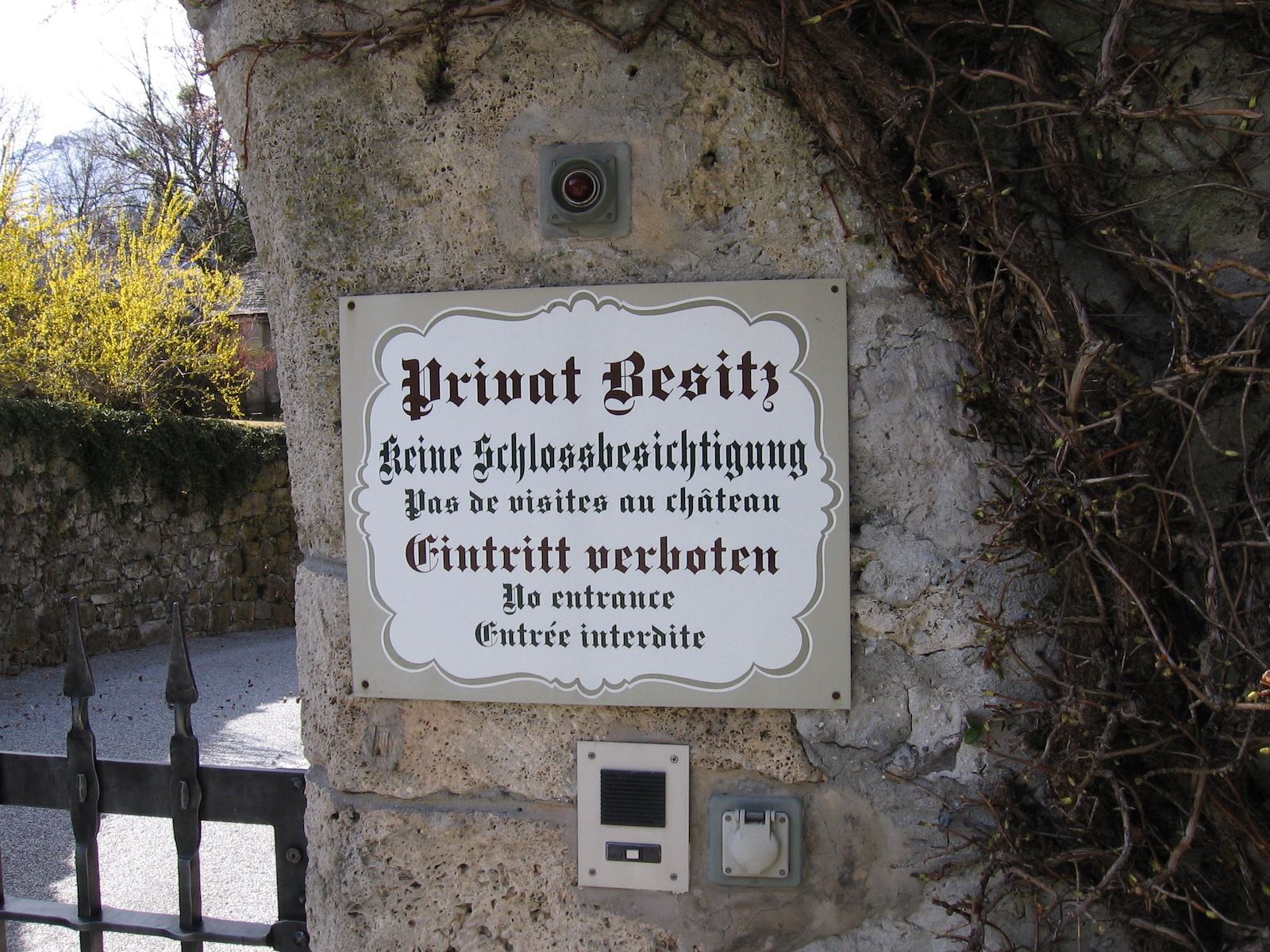
The German culture and its roots are also ingrained in Liechtenstein through the language. Standard German is the country’s official language, which is spoken by the vast majority of the people.
However, many citizens also speak an Alemannic dialect, which is also spoken in parts of Switzerland and Austria. A large population of foreign-born citizens increases Liechtenstein’s diversity and up to 14% of the country speaks a foreign language.
English is spoken in Liechtenstein and tends to be a popular choice as a second language among its 38,254 citizens (as of 2021). Taught by many higher educational institutions, it’s more common for locals to be conversationally fluent in English. And with an increase in tourism, it’s become an important language for the country’s hosts and visitors.
Spending Budget
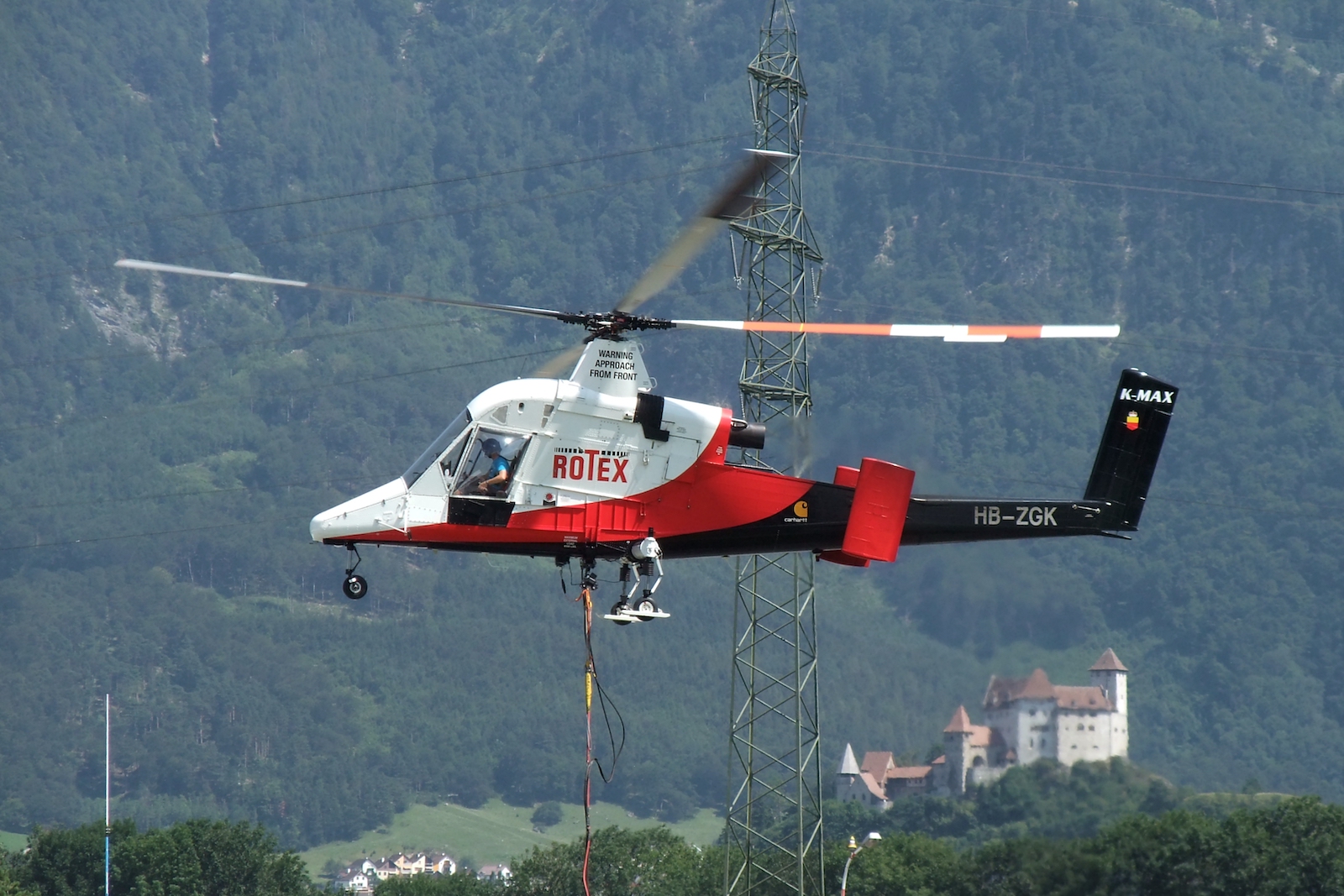
While many people take day trips to Liechtenstein from Switzerland or Austria, other visitors may want to spend more time in this miniature nation. But if you’re looking to spend a night or multiple nights, you’ll need to expand your budget. Although small, Liechtenstein is pricey, and finding accommodations can be difficult.
A spending budget can help you estimate the cost of your trip to Liechtenstein and determine how best to manage and spend your funds while exploring. The most important things that you’ll need to consider as a part of your spending budget include the cost of airfare, accommodation, food, drink, and transportation.
Airfare
Liechtenstein is so small that the country does not have an international airport. This forces visitors to fly into either Switzerland or Austria to visit Liechtenstein. Costing close to one thousand dollars to each either country, travelers then can take a train, bus, or car into Liechtenstein.
Unlike other countries, the cost of visiting Liechtenstein does not seem to fluctuate based on the season, as there is always something to see in the country. However, the number of tourists does tend to peak more in the summer and winter months.
Accommodations

Accommodation is also very expensive in Liechtenstein and a simple dorm room in a hostel will come with a hefty daily fee. Hotels are also costly, charging hundreds of dollars per night.
Airbnb is another option, but don’t expect to save much as the average nightly cost is still over one hundred dollars. Moreover, private apartments or houses are harder to find and can be very expensive to rent.
Food
Food is also costly in Liechtenstein and you should expect to have a decently high budget to cover your daily cost. The most affordable food option for a simple meal will be a cafe, meanwhile, local restaurants will be pricier. Gourmet meals will come with a high price tag that will probably be a few hundred dollars.
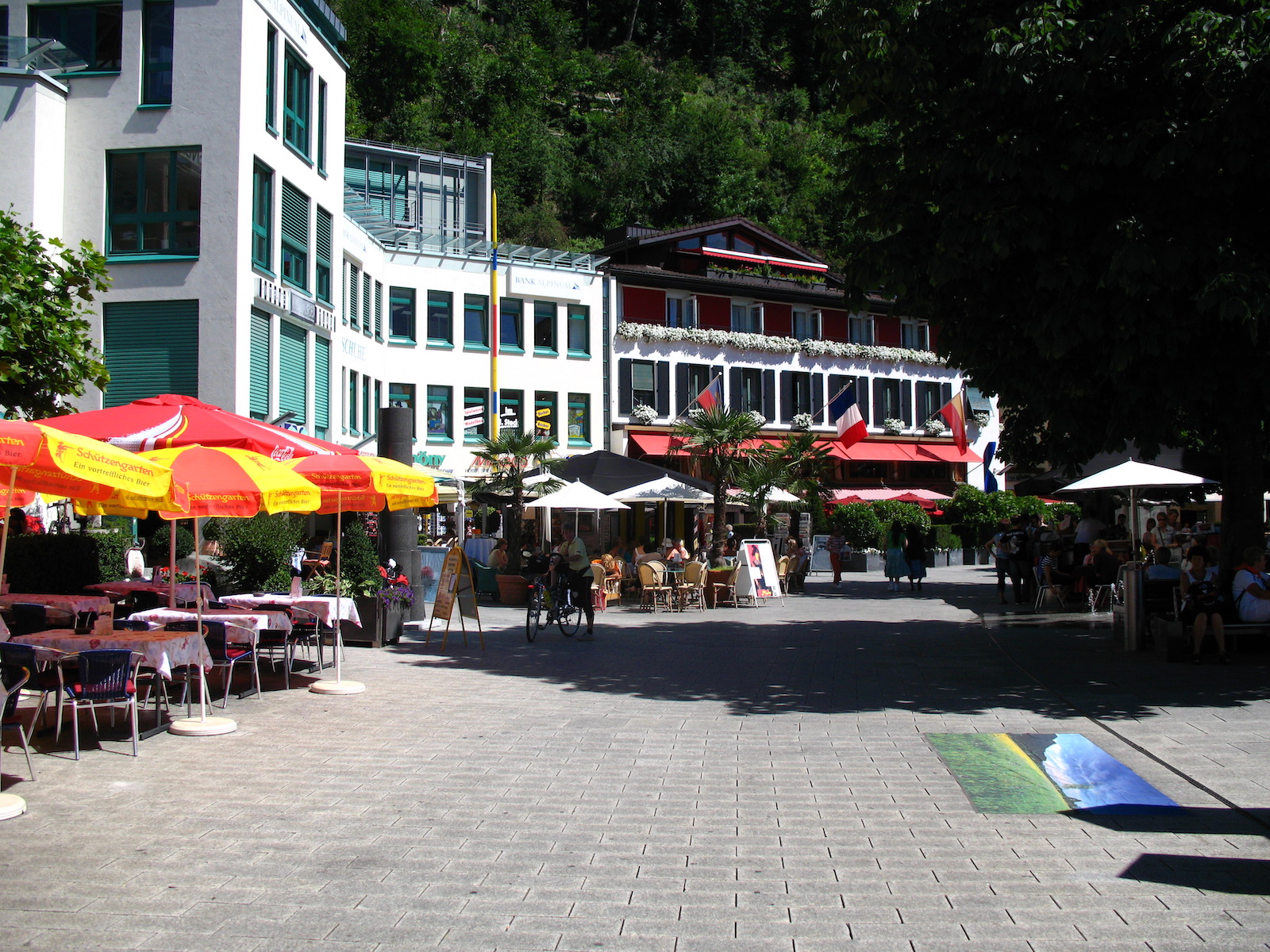
However, food is a great way to experience a country’s local culture and Liechtenstein has a few dishes that have become favorites among tourists. Torkarebl is a porridge with dumplings, which is harder to find because it is truly a local dish. But you may be able to find it in local restaurants so that you can taste this delightful dish.
Hafalaab is one of Lichtenstein’s national favorites, which is a dumpling soup served with bacon and ham. Ribel is a common dish that is served throughout Lichtenstein as an appetizer or side dish. The dish is often compared to polenta and with plenty of butter, the dish can be served with sweet sides like jams or savory dishes like meat.
The price of your meal will also increase if you are looking to purchase drinks too. Most beers in Liechtenstein cost a fair amount while a bottle of wine is moderately priced. Cocktails will also be comparable to US prices.
How to Get Around
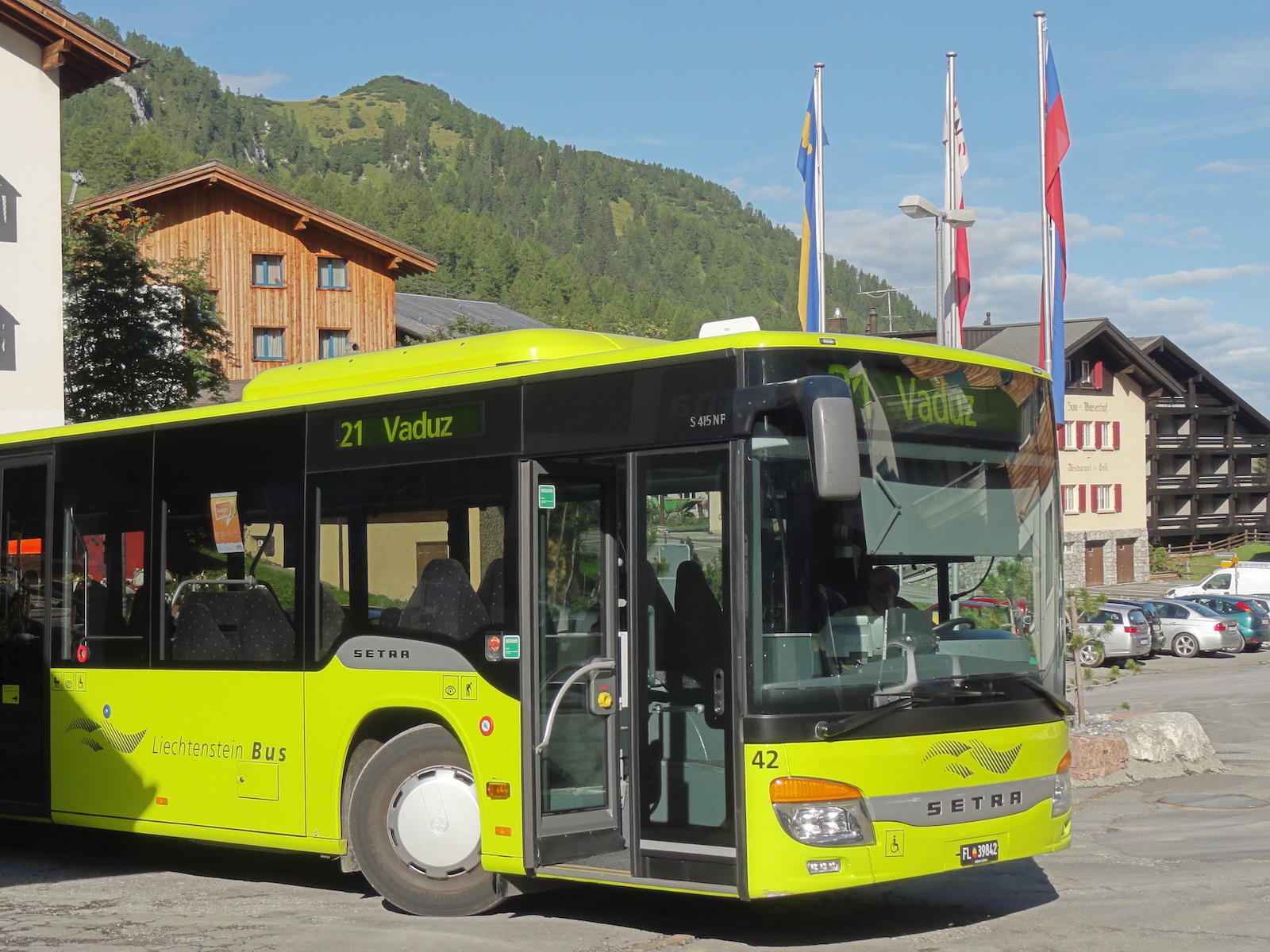
With Lichtenstein being so small, one affordable part of your trip will be the cost of transportation. After reaching Austria or Switzerland, you’ll still have to travel into the country by either train or bus.
Buses
Once you’re in Liechtenstein, the cost of getting around drastically reduces because there aren’t endless miles for you to explore. Offering public transportation, in the form of bright yellow buses, you can get around with ease.
The Liemobil buses are the best and easiest way to travel around Liechtenstein, and cost minimal. You can also buy unlimited day passes which are valid throughout the country.
Rental Bikes and City Train
In the capital of Vaduz, visitors also have the option to use free rental bikes or take the City Train, which stops at all the tourist attractions. If you’re yearning for more independence and you have an international driver’s license, you can also rent a car and drive yourself around Lichtenstein.
Top Cities to Visit
With Lichtenstein being such a small country, there’s a lot packed into a tight area. Vaduz is the main city to visit, but the small towns that are scattered about the countryside are also unique destinations to see. Here are the top cities and towns to visit in Lichtenstein.
Vaduz

Located near the border with Switzerland, Vaduz is the most visited city in Lichtenstein. As the capital, Vaduz consistently charms visitors with its beautiful setting along the Rhine and its upbeat personality.
The Vaduz Castle overlooks the town and today, it’s still home to the Lichtenstein Royal Family. Beneath the castle, the streets of Vaduz are filled with fancy shops and restaurants so that you can explore all of the local goods.
Nendeln
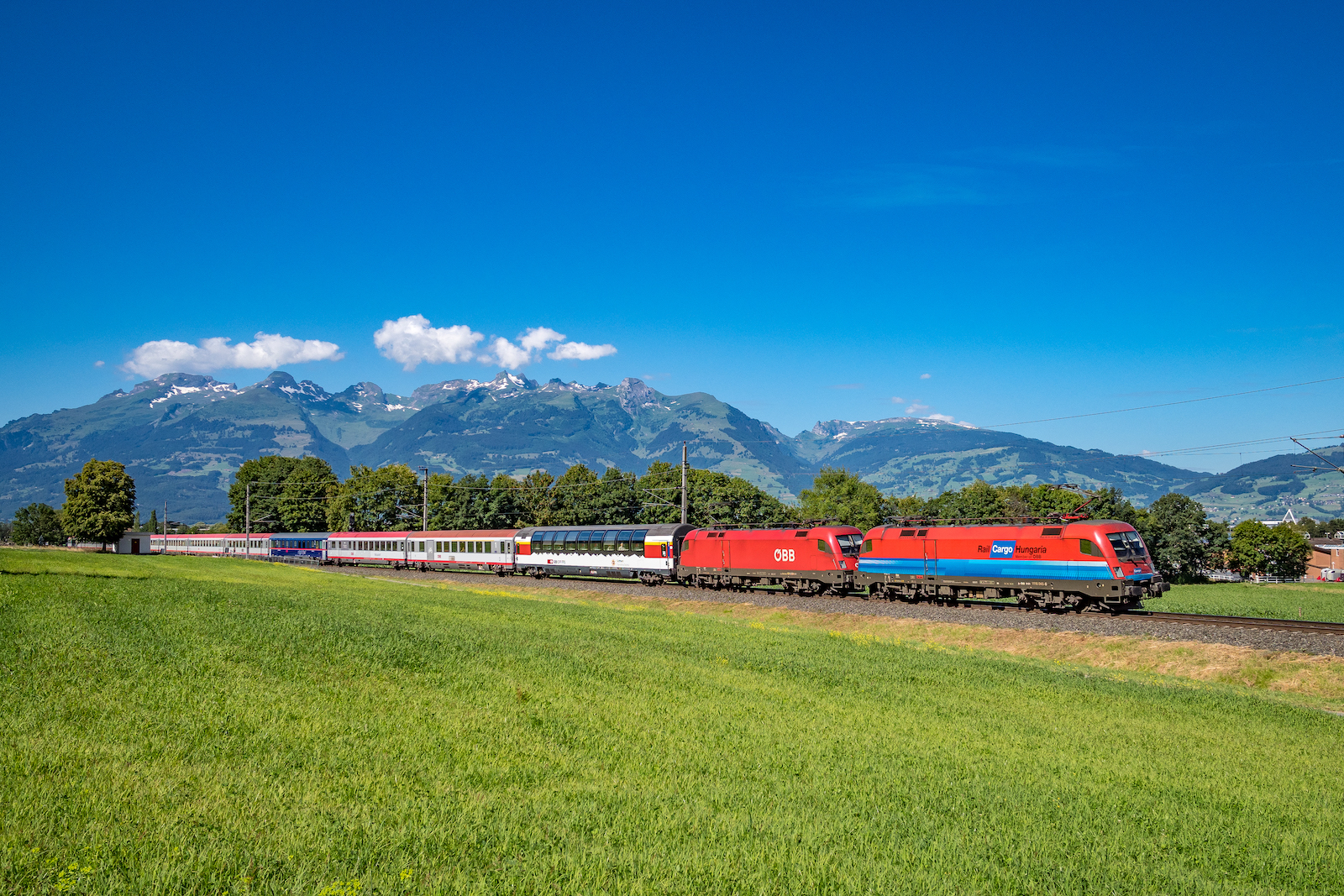
Further off of the beaten track is Nendeln. This small town is known for its taverns, Roman ruins, and local art. The Schadler Ceramics Workshop is a popular spot for visitors and two wine cellars also display quality Chardonnay and Gewurztraminer. The nearby mountains and vast woodlands also make Nendlen a beautiful place to explore.
Steg

Sitting above Triesenberg, Steg is the place to escape into the wilds of Lichtenstein’s mountains. With picturesque scenes and quaint houses, Steg is a great place to set off to some of the country’s other top destinations. From Steg, you can head down the mountain to Triesenberg or over to Malbun.
Malbun

Malbun is Liechtenstein’s most famous winter resort, which is home to plenty of ski trails and terrains. The installation of ski lifts in 1960 boosted Malbun’s popularity and now, beginner or expert skiers can have some fun while they hit the slopes. There are also plenty of local programs that can help kids and beginners learn how to ski.
Eschen
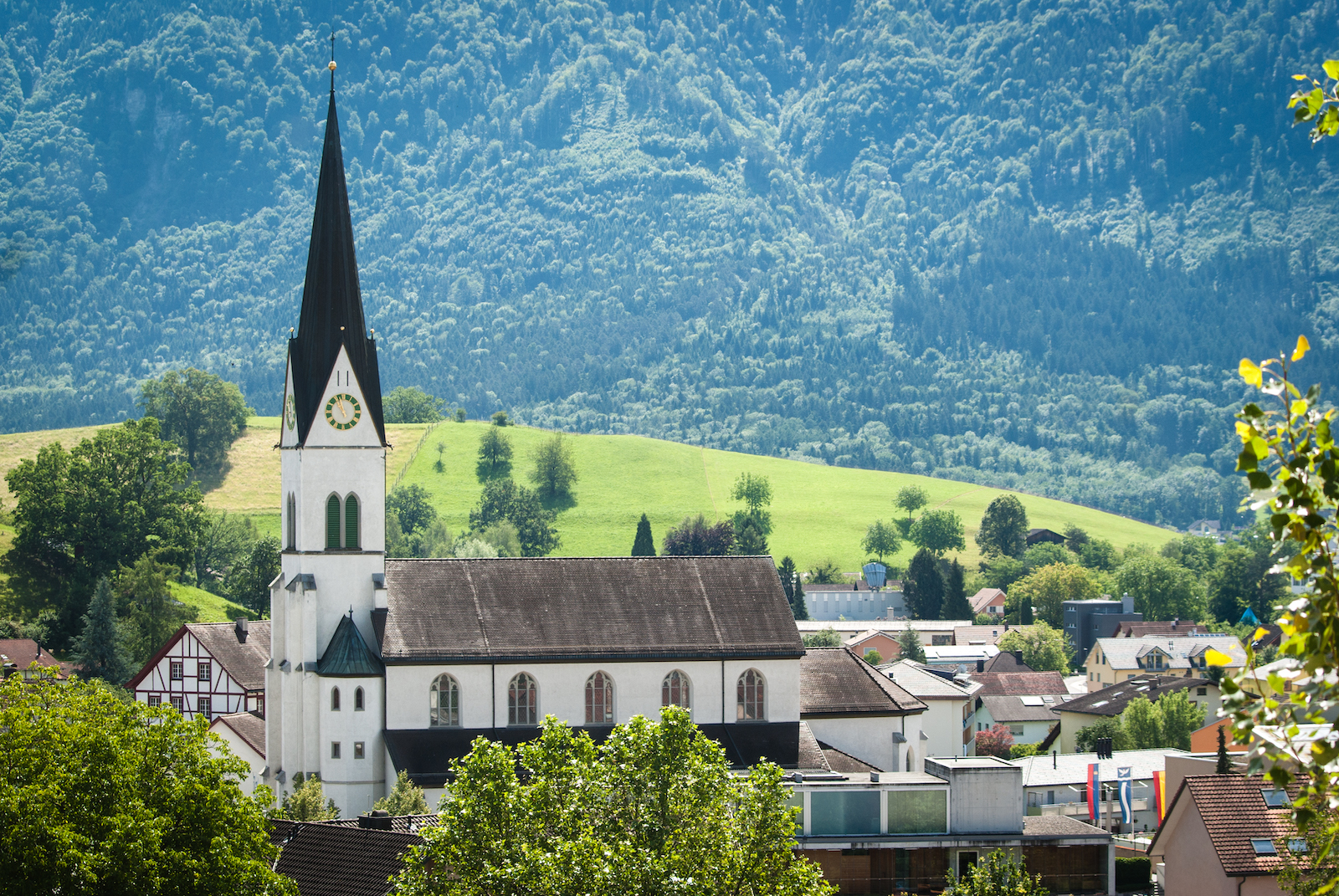
Eschen sits below a series of mountain peaks called the Three Sisters. The town is nestled in the valley and its Medieval feel often draws in tourists who are eager to explore the local church and wineries.
The Holy Cross Chapel sits in the center of the town and around the church are plenty of small streets that are filled with quiet cafes and shops.
Balzers
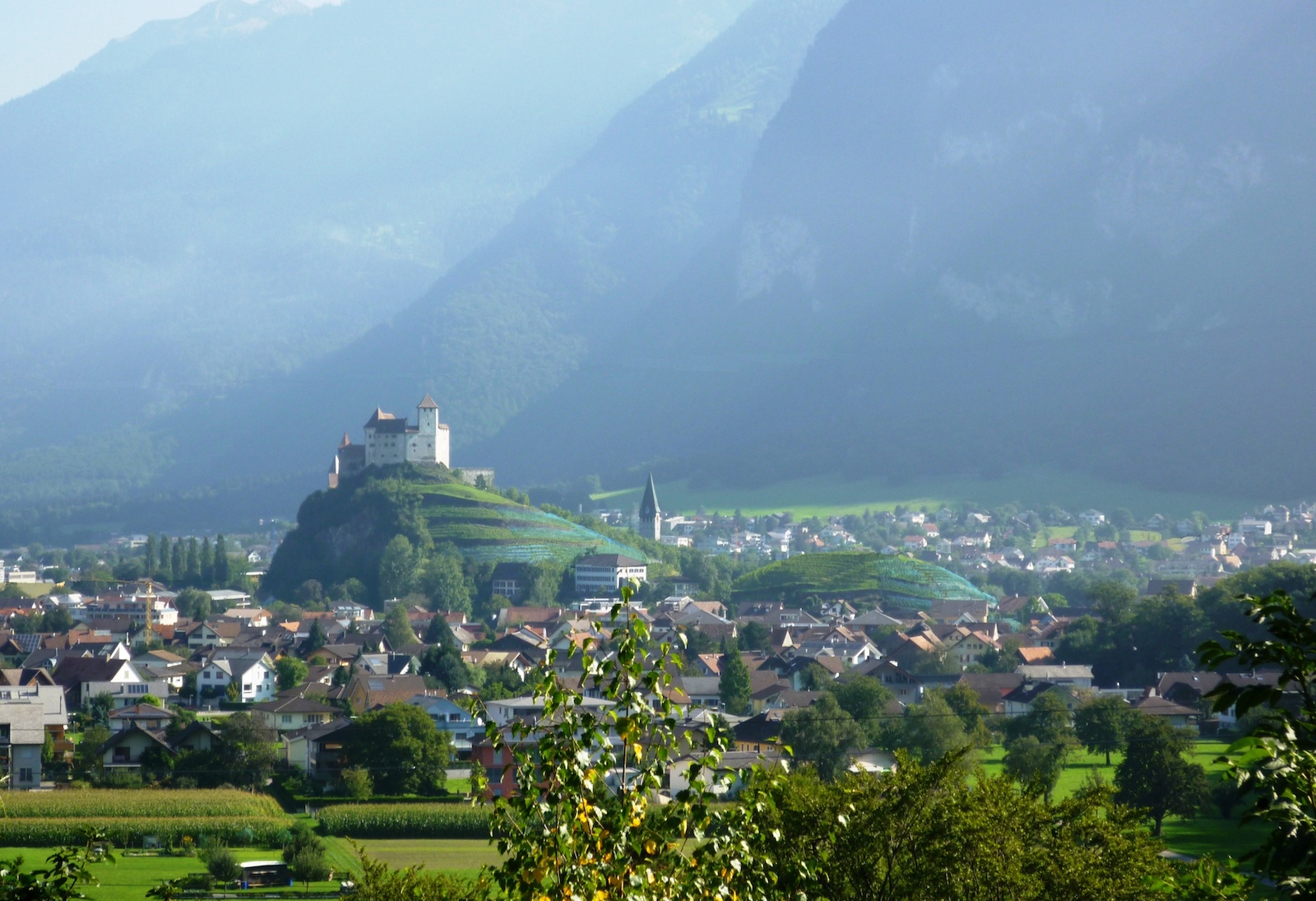
Balzers is most well-known for the Gutenberg Castle, which is a well-preserved medieval masterpiece. Out of one of only two medieval castles still standing, Balzers is the place to go if you like to see history come alive.
With a recorded history that dates back to the 12th century, visitors can take a guided tour of the castle or head into town to visit the local wineries.
Points of Interest
If you’re looking for what to do in the towns besides basking in the natural beauty, there are plenty of points of interest in Liechtenstein to keep you occupied. Whether you want to learn more about the area, or go out and explore, you’ll have plenty of activities to keep you busy. Here are the top tourist hotspots in Liechtenstein.
Kunstmuseum Liechtenstein
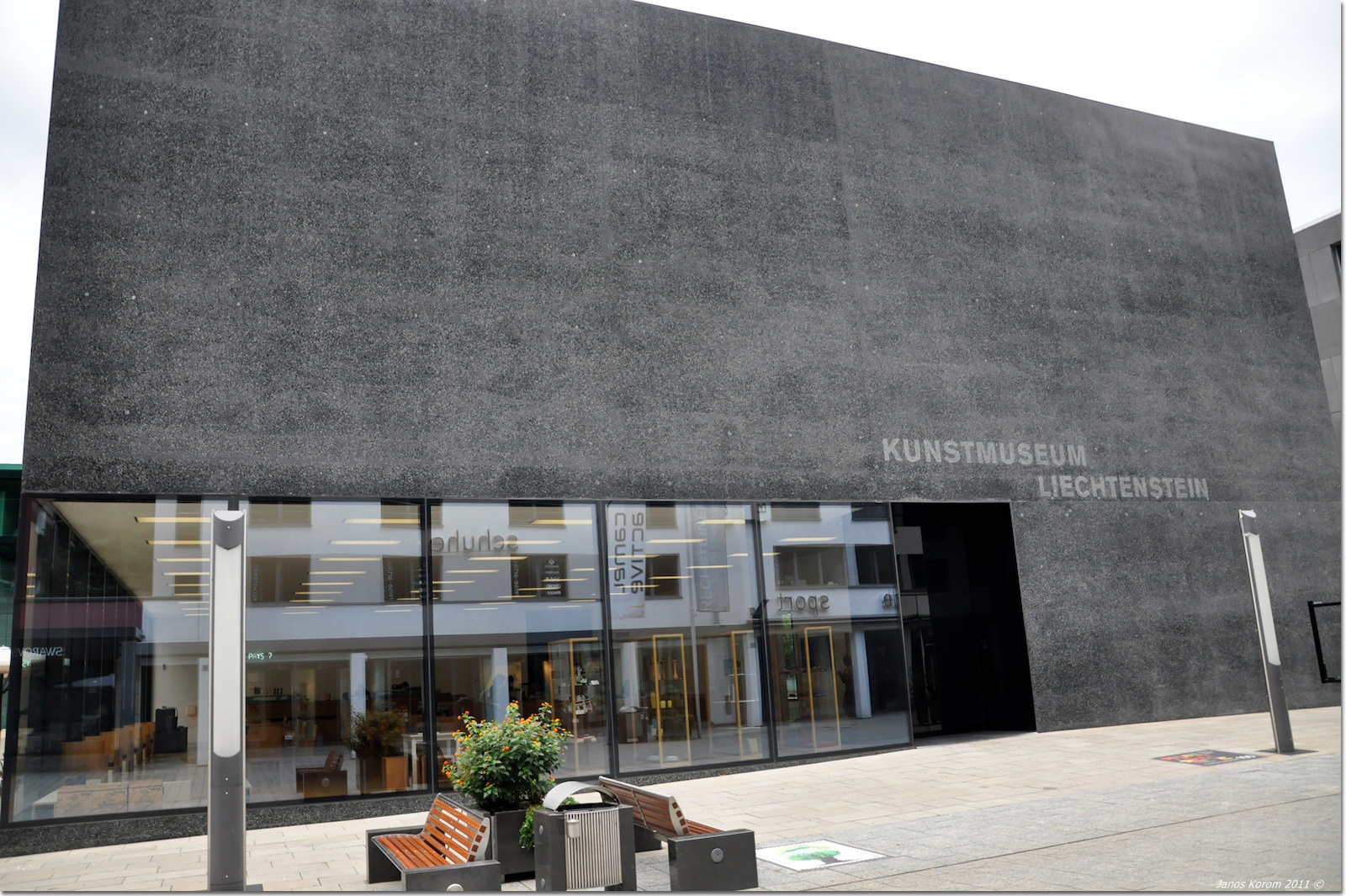
The Kunstmuseum is located in Vaduz and has been well-praised for its collection of modern and contemporary art pieces. However, also holding pieces of Liechtenstein’s history, visitors can also view works of art from the 19th century. This also includes pieces of art from the Royal Family’s private collection.
Eschnerberg Trail

The Eschnerberg Trail is just one of Lichtenstein’s famed trails that take visitors out into the breathtaking scenery of the country. The trail crosses gentle slopes, and towering mountain peaks, and passes through quiet valleys.
At just over 3 miles long, it’s a relatively easy trail to complete going from Bendern to Schellenberg, which includes prehistoric highlights such as Malanser and Lutzengütle.
Ruggeller Riet Nature Reserve
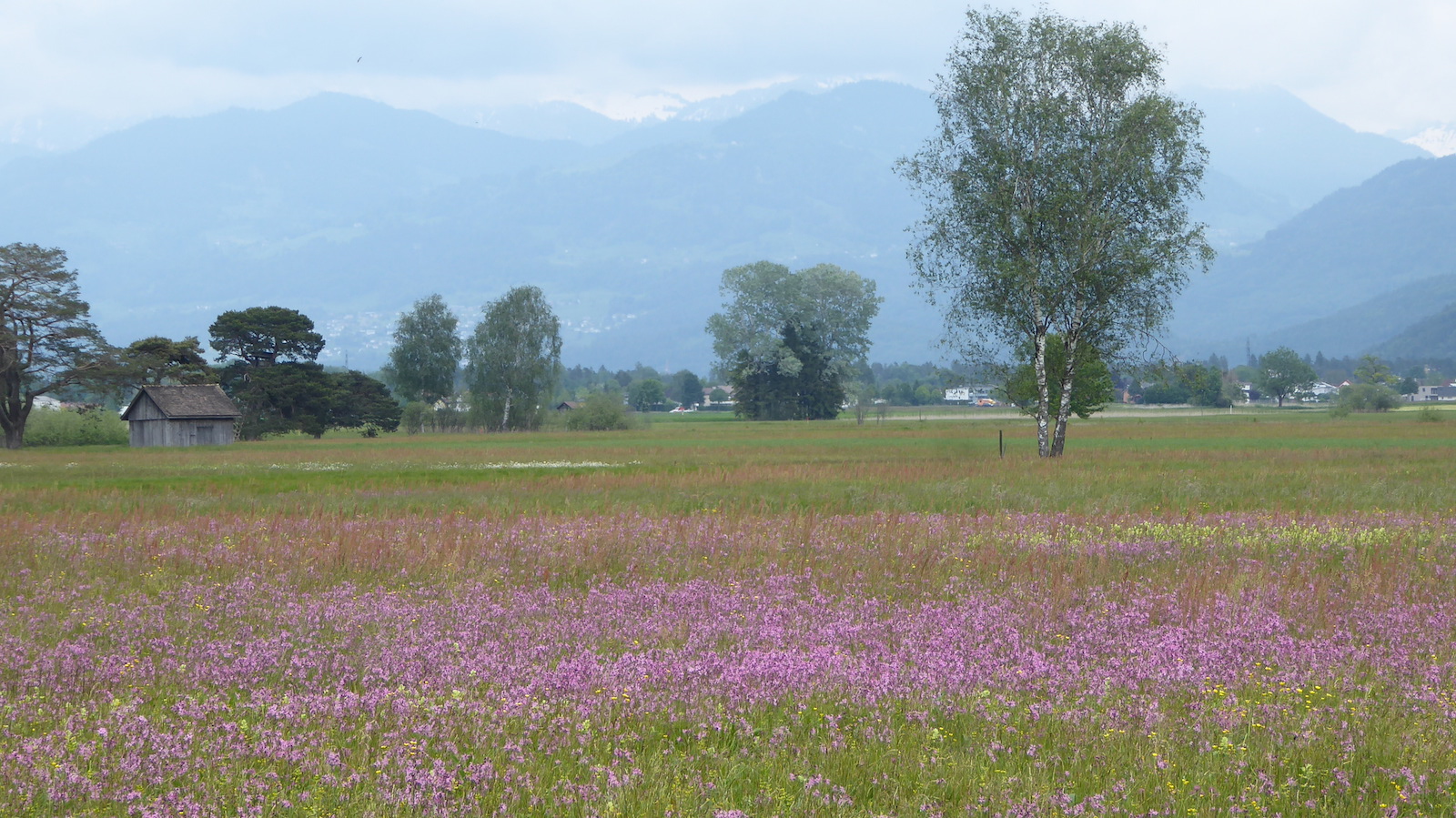
With an abundance of local flora, fauna, and birds, Ruggeller Riet Nature Reserve has become the go-to place for nature lovers who are looking to explore the natural beauty of Liechtenstein. The nature reserve has plenty of trails and rest areas for you to explore. There are also bike paths that can connect you to Switzerland and Austria.
Liechtenstein Trail

The Liechtenstein Trail spans the entire length of the country and it passes through each of the 11 municipalities of Lichtenstein. The trail is about 46 miles long and in just a few days, you can walk all of Liechtenstein. The trail will also take you to lesser-known spots in the country like flowing brooks and vast meadows.
A Small European Nation
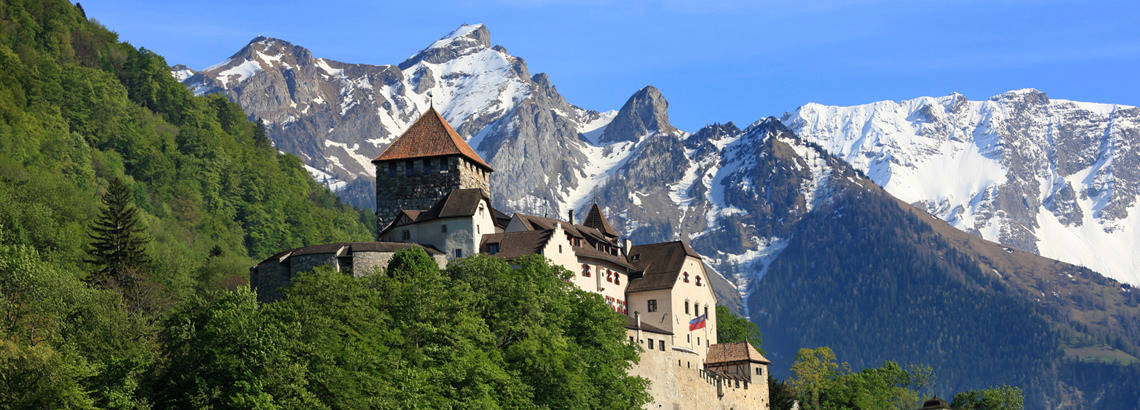
Size is not an issue for Liechtenstein and visitors are eager to brag about their trips to this tiny nation. With less land to cover, Liechtenstein is the perfect place to adventure for short trips and extended stays. There’s plenty to see, do, and explore.
Plus, with entertainment provided all year long, Liechtenstein will dazzle you in every season.



 What is Montana Most Famous For?
What is Montana Most Famous For?